
views
Regulating Breathing Without an Inhaler

Note the time. Asthma attacks last for about five to 10 minutes, so take a second to look at a clock and note the time. If you have not gotten your breathing back into a normal pattern within 15 minutes, then seek medical attention.
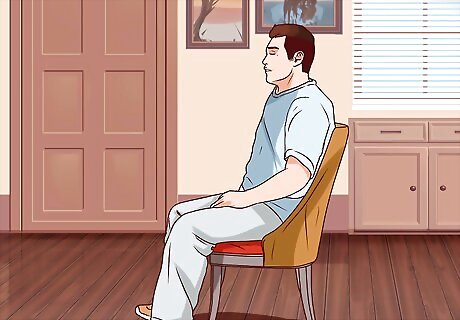
Stay seated or sit down if you are standing. Sitting upright in a chair is the best position to be in as you try to get your breathing back under control. Do not recline or lie down because this may make it harder for you to breathe.

Loosen up any tight clothing. Tight fitting pants or a tight collar may restrict your breathing. Take a moment to loosen up your clothing if you feel like it is interfering with your ability to breathe.
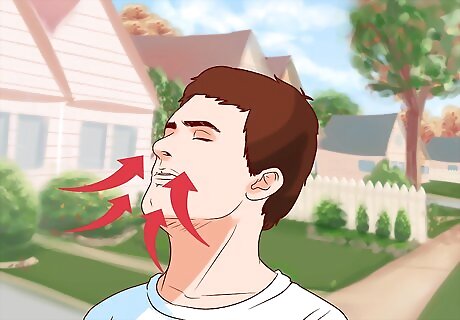
Take deep, slow breaths in through your nose and out through your mouth. Try to relax your body and focus only on your breathing. You may find it helpful to count to five slowly as you inhale and then count back down from five as you exhale. Closing your eyes or focusing on an image or object may also help to keep you calm as you work to get your breathing back under control. As you breathe in focus on pulling air down into your stomach, then use your stomach muscles to help you push the air out. This is called diaphragmatic breathing and it will help you to take in deeper breaths. To make sure that you are taking in full deep breaths, try placing one hand on your stomach (just below your ribcage) and the other on your chest. As you breathe, you should notice that the hand on your chest is staying still while the hand below your ribcage is rising and falling.

Call 911 if the attack does not improve. If after minutes 15 you are still struggling to breathe, then seek immediate medical attention. You should seek medical attention sooner if the attack is severe or if you are very uncomfortable. Some signs that you should seek emergency medical help include: Being unable to speak in full sentences Sweating because of difficulty breathing Breathing that is rapid Noticing pale or blue color nail beds or skin
Trying Other Strategies

Ask someone to sit with you. Telling someone that you are having an asthma attack is a good idea, just in case you need to go to the hospital. You may also feel less anxious if you know that that person is going to be by your side until the attack is over. If you are out in public by yourself, then you will need to ask a stranger. Try saying something like, “I am having an asthma attack, but I don’t have my inhaler. Would you mind sitting with me until my breathing goes back to normal?”

Drink a cup of coffee or strong black tea. Drinking one to two cups of caffeinated coffee or tea may help your body fight off an asthma attack as well. Your body will turn the caffeine into theophylline, which is an active ingredient in some asthma medicines. The warmth of the liquid will also help to break up phlegm and mucus, which may make breathing easier. Do not drink more than two cups of coffee or your heartbeat may become rapid.
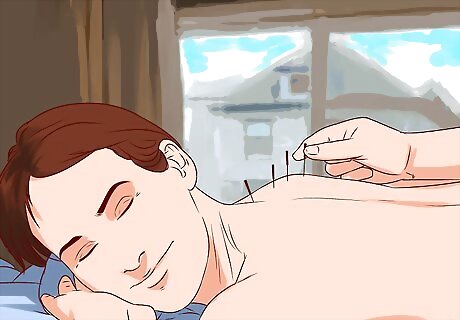
Try acupressure. Pressing on lung acupressure points may help to relax your muscles and get your breathing back under control. Apply gentle pressure to the area in the front of your shoulders, just above your armpits. Press on one shoulder at a time for the same amount of time on each side. If you have someone nearby who can help you, there is also a pressure point on the inner part of your shoulder blade, just about an inch below the upper tip. Ask a friend to press on these pressure points for a few minutes to help relieve your asthma attack.

Use steam to open of breathing passages. Steam can open up your breathing passages and make breathing easier. If you are at home, then turn the shower on hot and sit in the bathroom with the door closed for about 10-15 minutes. Breathing in the steam may help ease your breathing. You can also turn on a humidifier if you have one, or fill your bathroom sink with hot water and lean over it with a towel over your head to capture the steam.
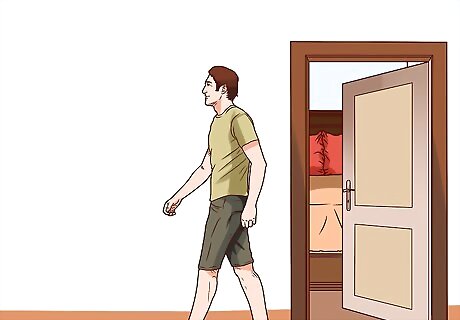
Go somewhere else. Sometimes a change of location may be what you need to reduce stress and help you get your breathing under control. The change of scenery might help you to relax and get your breathing back under control. For example, if you are at home, try moving from the kitchen to the living room. If you are out in public, try going into the restroom for a few minutes or go outside.
Take an over-the-counter antihistamine. Many inhalers have antihistamines that go directly to your lungs, but you may also try an oral pill. Check the dosage instructions on the antihistamine and swallow the pill with a glass of water. The medication will absorb into your bloodstream and help relieve the effects of your asthma. You may experience side effects such as drowsiness or dry mouth.
Identifying Triggers

Learn about common triggers. An asthma attack may be triggered by many different substances or events. That is why identifying triggers and avoiding known triggers is always a part of the treatment of asthma. Common triggers include: Allergens including dust, animal fur, cockroaches, mold, and pollen Irritants including chemicals, cigarette smoke, air pollution, and dust Some medications including aspirin, nonsteroidal anti-inflammatory drugs (NSAIDs), and non-selective beta-blockers Chemicals used to preserve foods, such as sulfites Upper respiratory infections, such as colds and other viral infections of the lungs Exercise and other physical activities Cold or dry air Health conditions such as heartburn, stress, and sleep apnea

Keep a diary to identify your triggers. One way that you can begin to identify your triggers is to keep a diary of the foods you eat as well as any other common triggers that you encounter. If you have an asthma attack, look at your diary to see what you ate or encountered that may have triggered the attack. In the future, avoid that food or trigger to reduce your chances of having another attack. If you have known asthma triggers, then do everything that you can to avoid coming into contact with them.
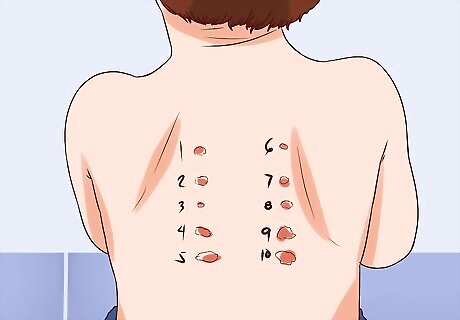
Get tested for food allergies. Food allergies involve a specific type of immune molecule, an IgE molecule that triggers the release of histamine and other allergic mediators. If you have noticed that your asthma attacks seem to come after eating sometime, then a food allergy may be to blame. See an allergist and ask to be tested for food allergies.
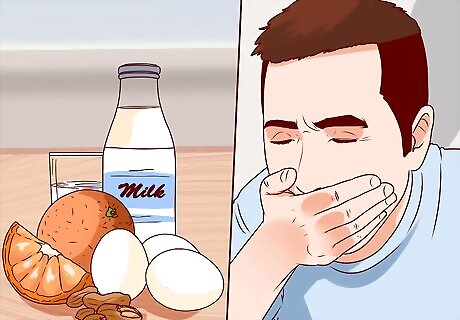
Determine if you have any food sensitivities. Food sensitivities are not the same as food allergies, but they can also cause asthma attacks. Food sensitivities are quite common. One study indicated that 75% of children with asthma also have food sensitivities. To determine if you have any food sensitivities, pay attention to foods that seem to cause asthma attacks and tell your allergist about these reactions. Common food sensitivities include: Gluten (a protein found in any wheat product) Casein (a protein found in dairy products) Eggs Citrus Peanuts Chocolate
Using Supplements

Get more vitamin C. Supplementing with vitamin C has been shown to reduce the severity of asthma attacks. You can take 500 mg of Vitamin C every day as long as you do not have kidney disease. You may also want to consider including vitamin C rich foods such as: Citrus fruits such as oranges and grapefruit Berries Cantaloupe Kiwis Broccoli Sweet potatoes Tomatoes

Eat foods that contain molybdenum. Molybdenum is a trace mineral. The recommended daily allowance (RDA) of molybdenum for children up to 13 years is 22–43 mcg/day. The recommended amount for people over 14 years is 45 mcg. Pregnant and nursing women need 50 mcg/day. Most multivitamins will include molybdenum, but it can also be purchased on its own. You can also get molybdenum by eating certain foods, such as: Beans Lentils Peas Leafy vegetables Milk Cheese Nuts Organ meats

Choose good sources of selenium. Selenium is necessary for the biochemical reactions involved in controlling inflammation. If you use a supplement, get a supplement that uses selenomethionine because this form is easier for your body to absorb. Don’t take more than 200 mcg of selenium a day because it can be toxic in higher doses. Food sources include: Wheat Crab Liver Poultry

Take a vitamin B6 supplement. Vitamin B6 is involved with over 100 different reactions in the body. Vitamin B6 can help reduce inflammation as well as support the immune system. As a supplement, children between the ages of one to eight years should take 0.8 mg/day. Children between the ages of nine to 13 should take 1.0 mg/day. Adolescents and adults should take 1.3–1.7 mg/day and women who are pregnant or nursing should take 1.9–2.0 mg/day. Foods highest in the most absorbable form of Vitamin B6 include: Salmon Potatoes Turkey Chicken Avocados Spinach Bananas
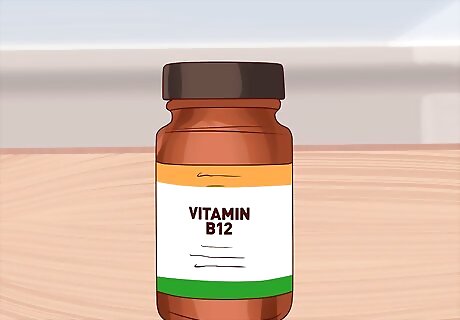
Add a vitamin B12 supplement. When vitamin B12 levels are low, supplementing with vitamin B12 may improve symptoms of asthma. As a supplement, children between the ages of 1-8 years should take 0.9-1.2 mg/day. Children between the ages of 9-13 should take 1.8 mg/day. Adolescents and adults should take 2.4 mg/day and women who are pregnant or nursing should take 2.6-2.8 mg/day. Food sources of vitamin B12 include: Meats Seafood Fish Cheese Eggs

Include good sources of Omega-3s. Omega-3 fatty acids are anti-inflammatory. Aim for a total of 2000 mg every day of both EPA and DHA per day. You can get omega-3s from a variety of food sources including: Salmon Anchovies Mackerel Herring Sardines Tuna Walnuts Flaxseeds Canola oil
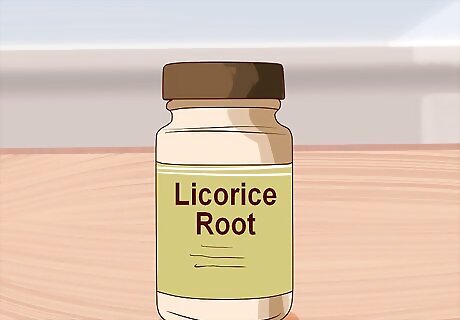
Try an herbal supplement. There are some herbs that may be used to help treat asthma. Make sure that you talk to your physician before using these herbs because they may interfere with medications. If you take these as supplements, follow the manufacturer’s directions. To use herbs in a tea, steep one teaspoon of dried herb or three teaspoons of fresh herbs in one cup of boiled water for 10 minutes. Drink three to four cups per day. licorice root lobelia inflata (Indian tobacco)











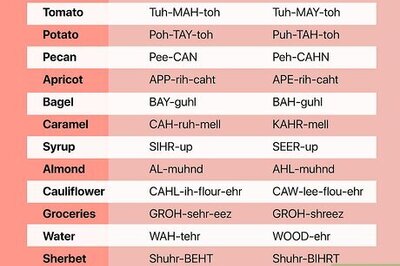




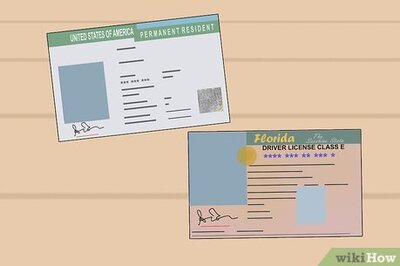
Comments
0 comment